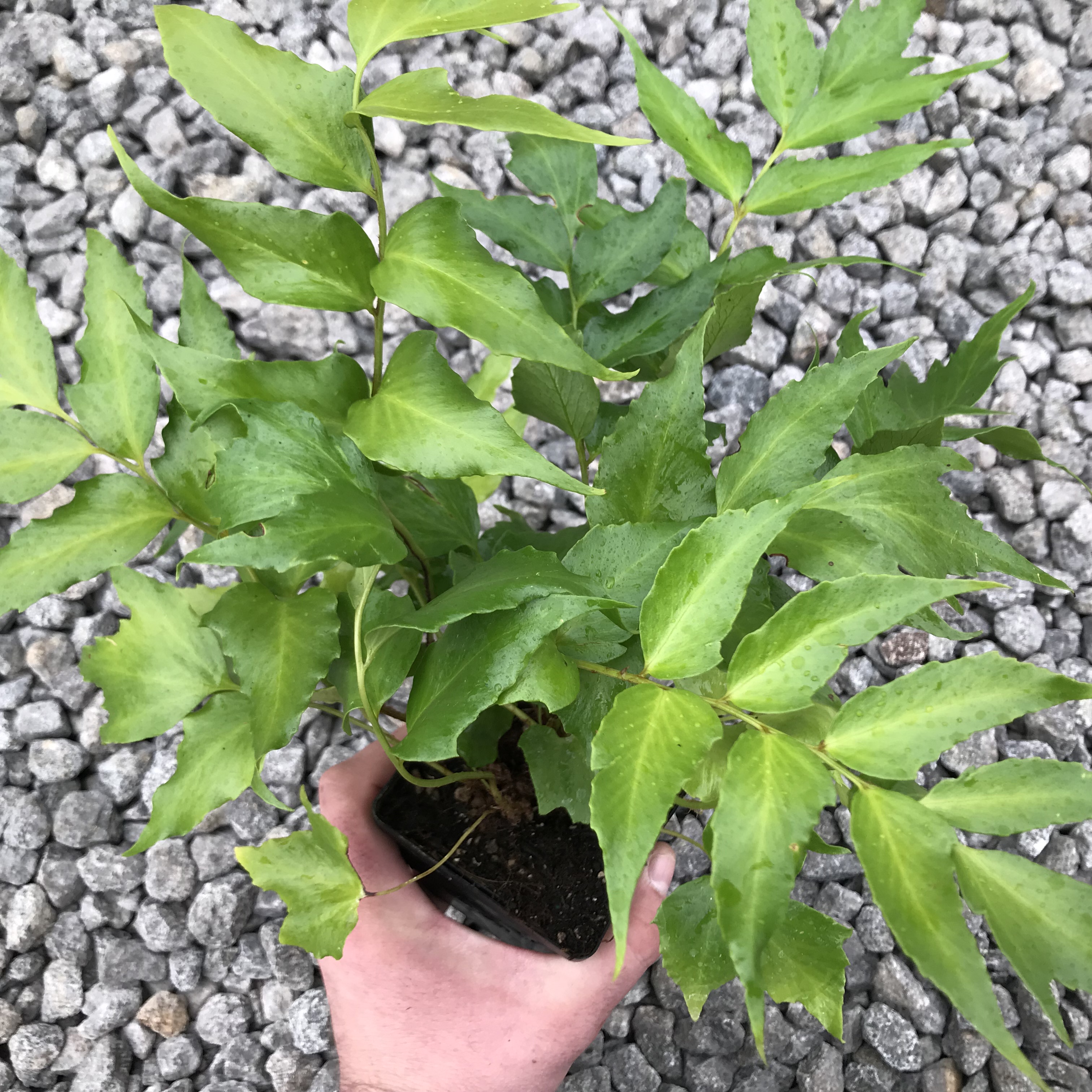
Cyrtomium falcatum 'Rochfordianum' Japanese Holly Fern (3.5" Pot) Little Prince To Go
Find In Store. Popular for its hardiness and handsome foliage, this fern makes an excellent groundcover or border edging in shaded locations. The stiff, glossy, dark green fronds of holly-like leaflets with coarsely fringed margins add excellent texture to container plantings. Evergreen in mild winter regions. Water when soil is dry to the touch.

Cyrtomium falcatum, Holly fern, great for dry shady areas. Plants, Holly fern, Ferns
Cyrtomium falcatum has had a popular following as a house plant since the Victorian era. George Schneider extols its virtues in his informative trilogy The Book of Choice Ferns thus: "they are indeed the best Ferns for use in the least favored places - in rooms and on staircases - where their leathery foliage of distinct and handsome appearance seems to defy the deadly influences of draughts.
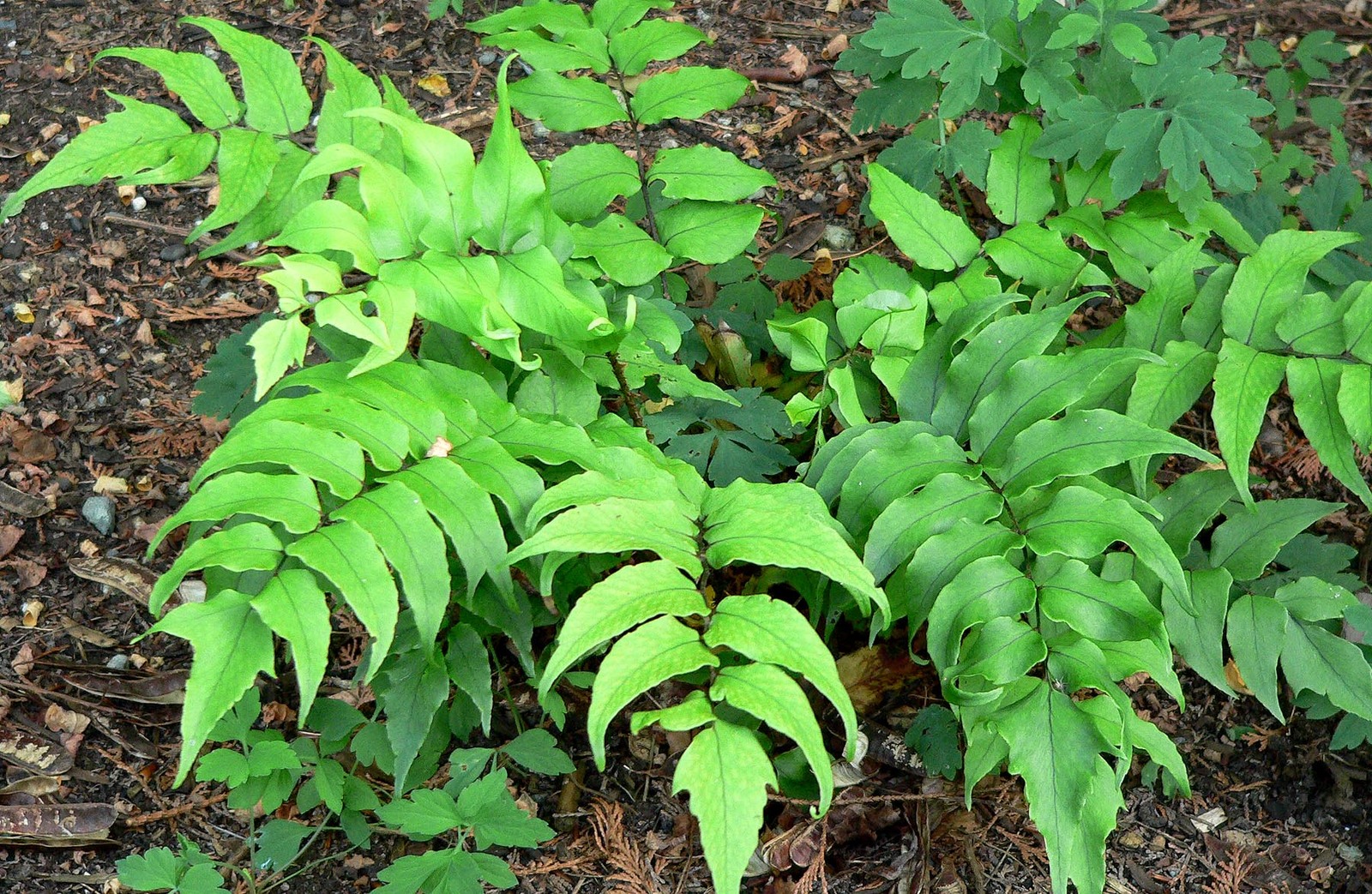
Japanese Holly Fern Cyrtomium falcatum 140mm
Falcatum goes by several common names including: Japanese Holly Fern; Holly Fern; Japanese Holly Fern Care Size & Growth. Cyrtomium Falcatum is a perennial plant and includes light brown large rhizome, which is covered thickly with furry scurf. The plant height reaches 24″ inches and is made up of various bright green shiny leaflets.

Cyrtomium Falcatum, Holly Fern Stock Image Image of grows, crevices 166139695
Cyrtomium falcatum. Japanese holly fern. An evergreen fern, deciduous in cold areas, forming a tuft of leathery, pinnate fronds to 70cm long, composed of dark glossy green, broadly sickle-shaped leaflets.

Cyrtomium falcatum Big Plant Nursery
Cyrtomium Falcatum Watering Japanese Holly Fern. Keeping the soil damp and moist is essential for this plant to thrive. On average, you would need to water it at least once a week or once every 10 ten days. The first thing you have to do is to check the top of the soil if it feels dry.
Cyrtomium falcatum (Japanese Holly Fern) the online Flora of the Maltese
Cyrtomium falcatum sir-TOE-mee-um fal-KAY-tum Audio Spreading, glossy, dark green fronds reach a length of 8 to 24 inches. This fern has holly-like pinnae and sori scattered over the underside of the pinnae. Noteworthy CharacteristicsUsually found in moist, rocky areas or woodland in central and eastern Asia, this evergreen fern is deciduous in.
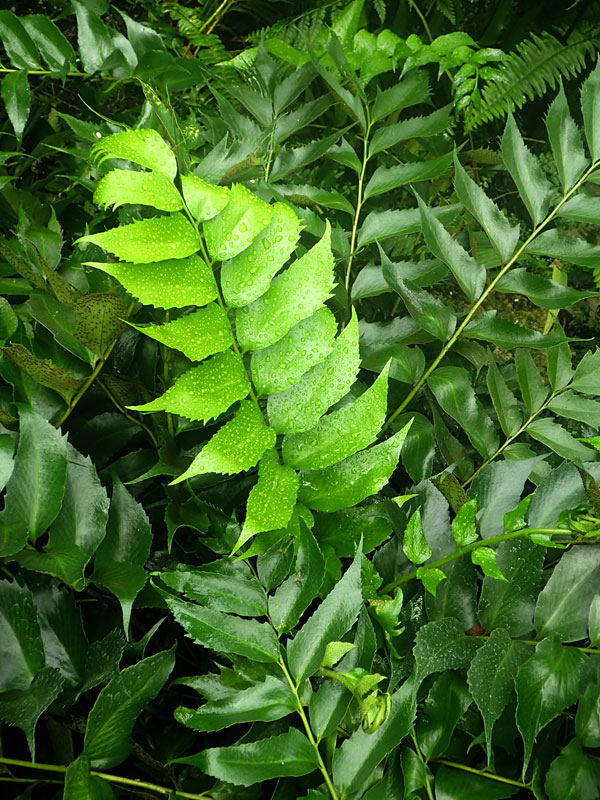
Japanese Holly Fern (cyrtomium falcatum rochfordianum) Urban Perennials
C. falcatum is a fern in the family Dryopteridaceae.The species was originally described as Polypodium falcatum by Linnaeus the Younger, based on a specimen from Japan.In 1836 Presl described the new genus Cyrtomium and transferred the species (Presl, 1836).The circumscription of Cyrtomium and the similar genus Polystichum has been controversial (Christensen, 1930), and the species has.
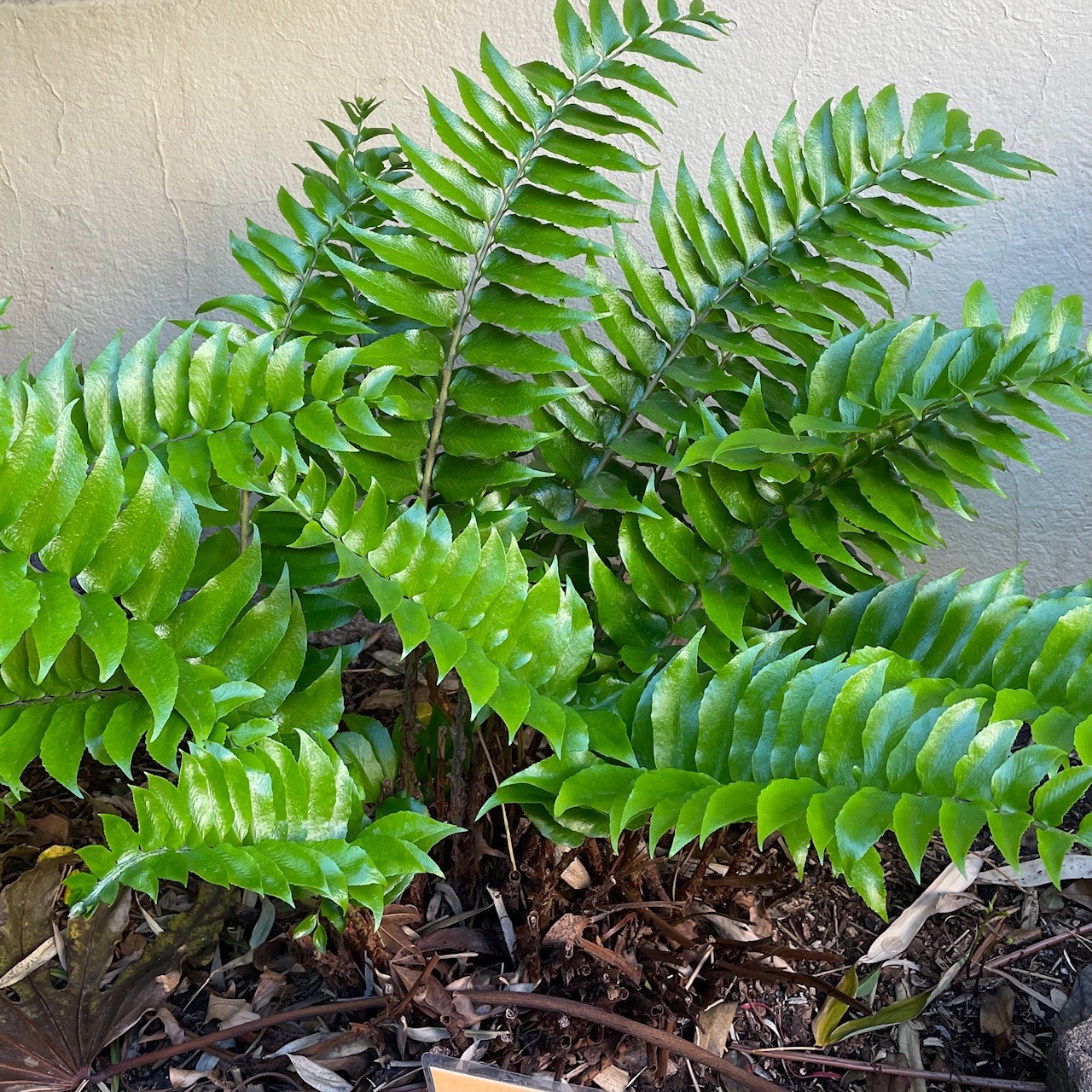
Cyrtomium falcatum Japanese Holly Fern (3.5" Pot) Little Prince To Go
Cyrtomium falcatum is a popular ornamental plant in temperate climate gardens (zones 7 to 10), and is also popular as a house plant. It is hardier than most ferns; it thrives in light shade to deep shade with average fern soil. It is easily and quickly propagated by spores, but it can also be propagated via rhizome division.
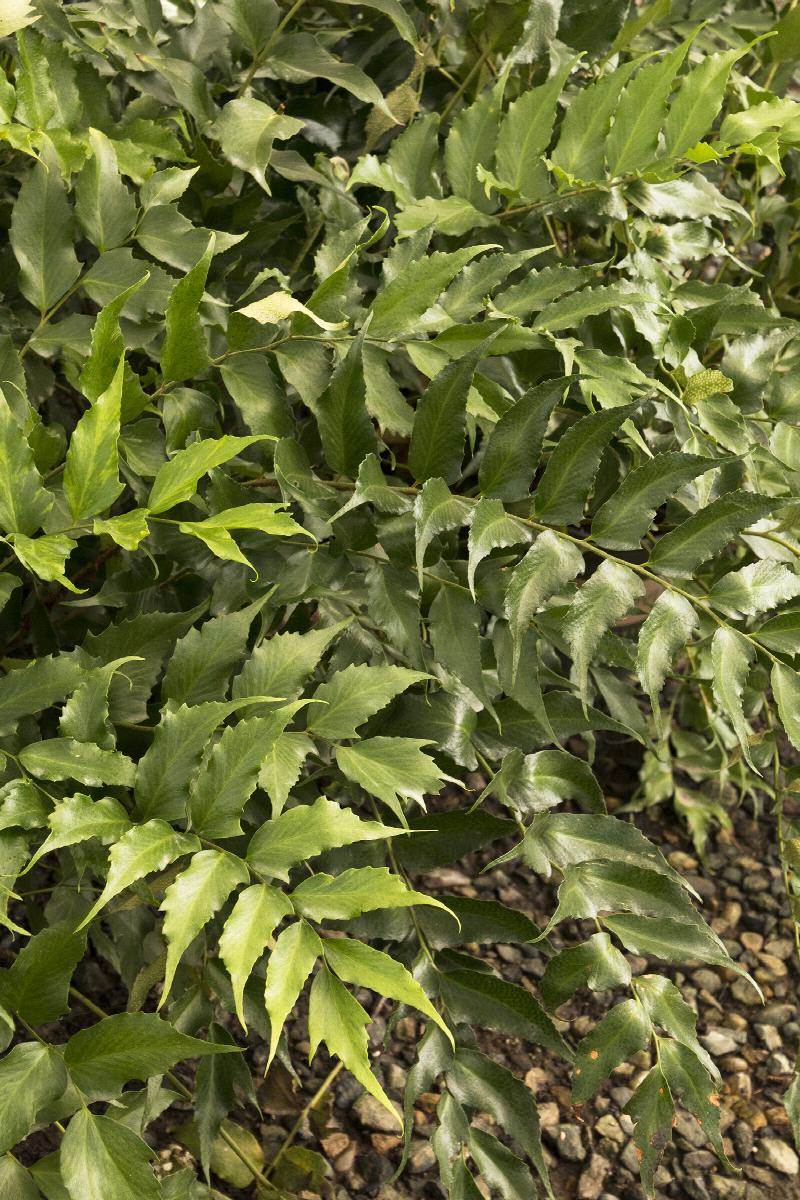
Japanese Holly Fern, Cyrtomium falcatum 'Rochfordianum', Monrovia Plant
Cyrtomium falcatum, known as Holly Fern, is an evergreen fern notable for its glossy, dark green fronds resembling holly leaves. Native: It is native to East Asia, particularly in countries like Japan, China, and Korea. Plant Type and Habit: This fern is a terrestrial plant with an upright and clumping habit, often growing in rocky areas and.

Cyrtomium falcatum Holly fern, Plants
Holly Fern (Cyrtomium falcatum) propagation can be done by division at the beginning of the growing season by plant division or by germinating the spores. How to propagate Holly Fern by plant division. Carefully take the Holly fern out of its pot and divide the rhizome into several sections. Ensure each section has adequate roots.
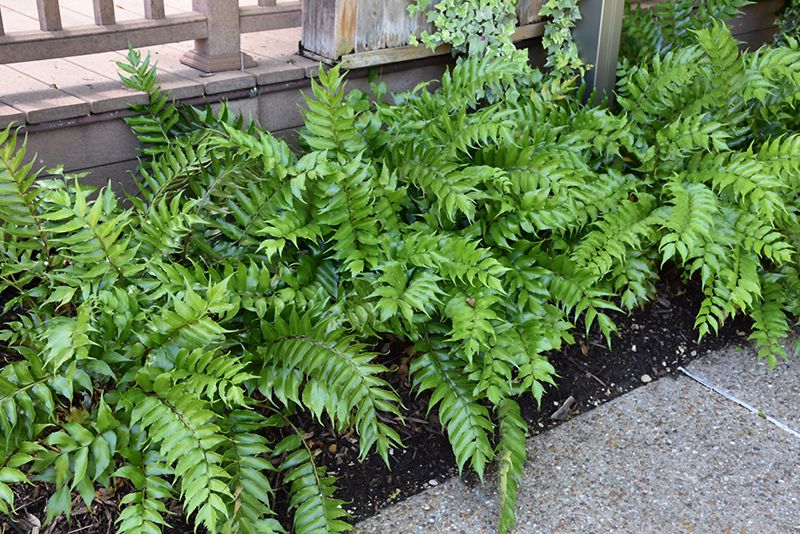
Japanese Holly Fern (Cyrtomium falcatum) in Dallas, Texas (TX) at Walton's Garden Center
Common Name: Holly fern Genus: Cyrtomium Species: falcatum Skill Level: Beginner Exposure: Partial shade, Shade Hardiness: Hardy Soil type: Well-drained/light, Clay/heavy, Moist Height: 60cm
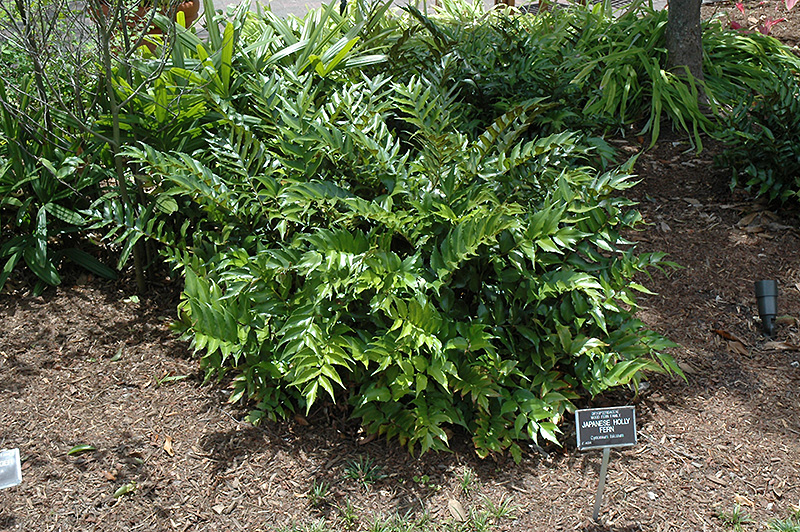
Japanese Holly Fern (Cyrtomium falcatum) in Richmond Fairfax Loudoun Prince William Fredericks
Cyrtomium falcatum, commonly called Japanese holly fern, is native to eastern Asia, India, southern Africa and Hawaii. The fronds of this fern resemble holly branches. This is an evergreen fern (deciduous in St. Louis) that typically grows in a dense, vase-shaped clump to 2' tall. Arching, glossy, dark green fronds (1-2.5' long) are noted.
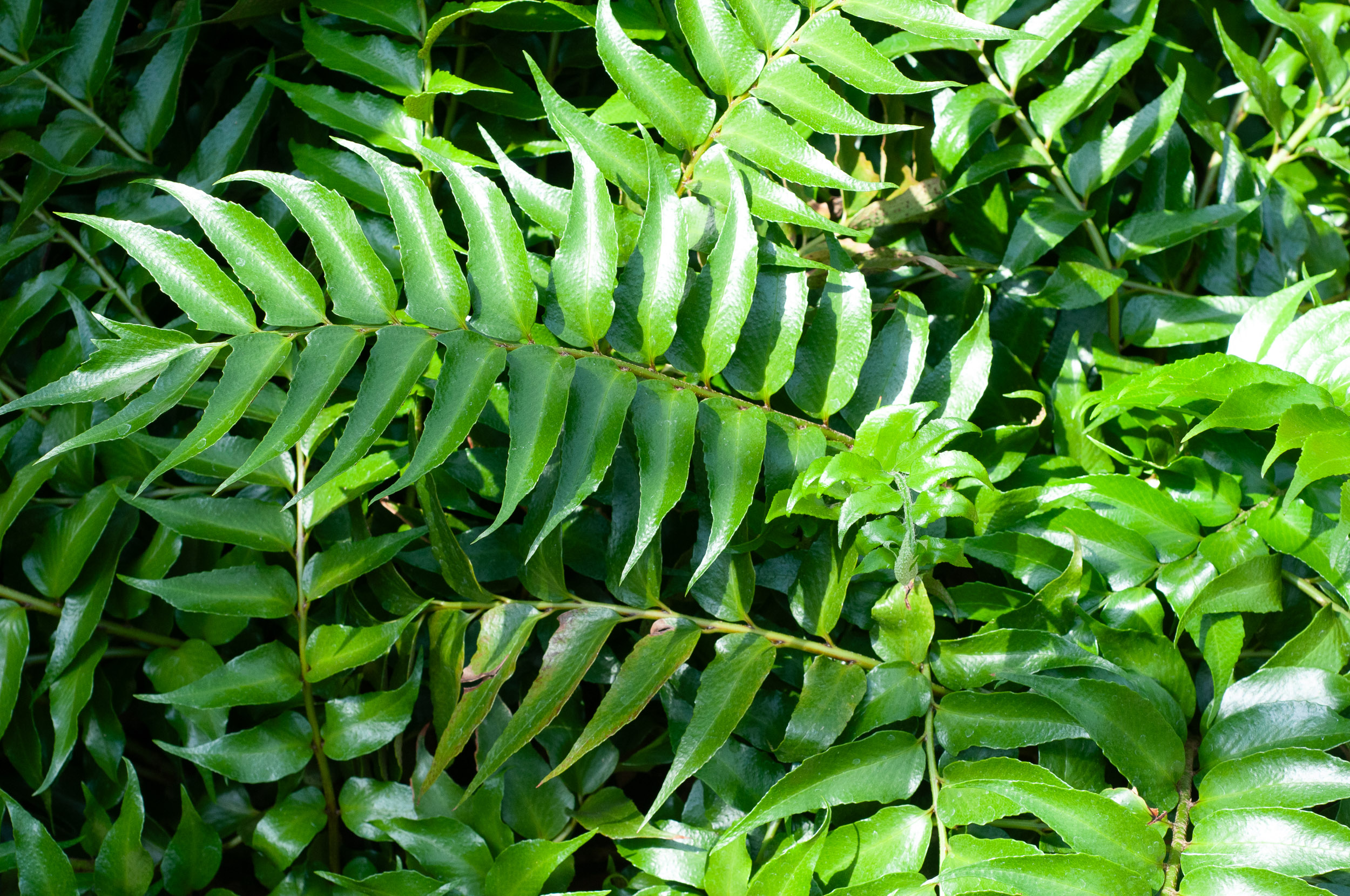
Cyrtomium falcatum (Holly fern)
Holly fern is a fern that is native to southern Asia and gets it common name from the leaflet's resemblance to the leaves of a holly shrub. Typically an evergreen, it can also be deciduous in colder locations.. Cyrtomium Species: falcatum Family: Polypodiaceae Life Cycle: Perennial Recommended Propagation Strategy: Division Seed Country Or.
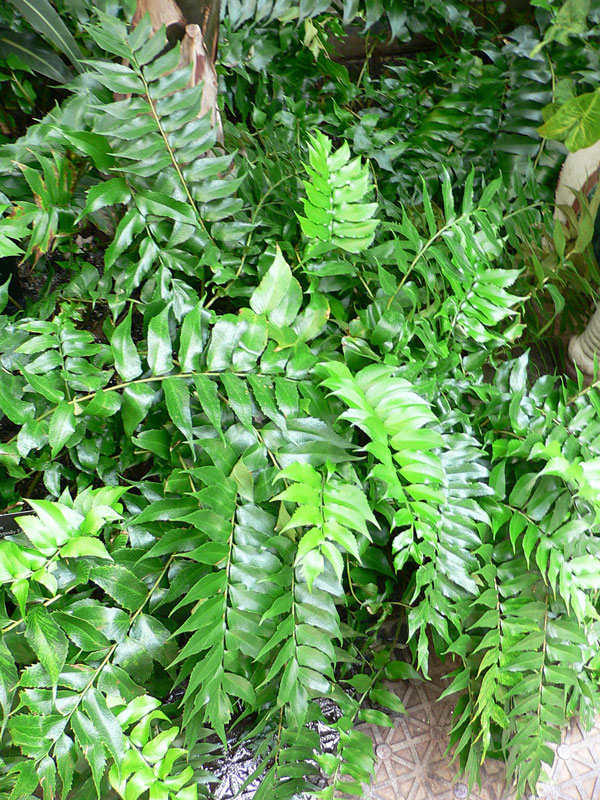
Japanese Holly Fern (cyrtomium falcatum rochfordianum) Urban Perennials
Misting the fern or using a pebble tray with water can help to maintain humidity if you are growing in a dry room. Shield the fern from any cold drafts, and try to maintain a temperature of 60°F to 75°F (15.5°C to 24°C). Japanese Holly Ferns (Cyrtomium falcatum) Growing Guide by Gardener's HQ. Watch on.

Holly Fern Care How to Grow & Care for "Cyrtomium Falcatum"
Holly fern, Cyrtomium falcatum. Holly fern, named for the pointy tips on its leathery leaves, is a drought-resistant plant native to Africa and Asia. This fern thrives in low light, so it's ideal for shady areas under trees. It's such an attractive, yet low-maintenance, plant that the Florida Nursery Growers and Landscape Association (FNGLA.
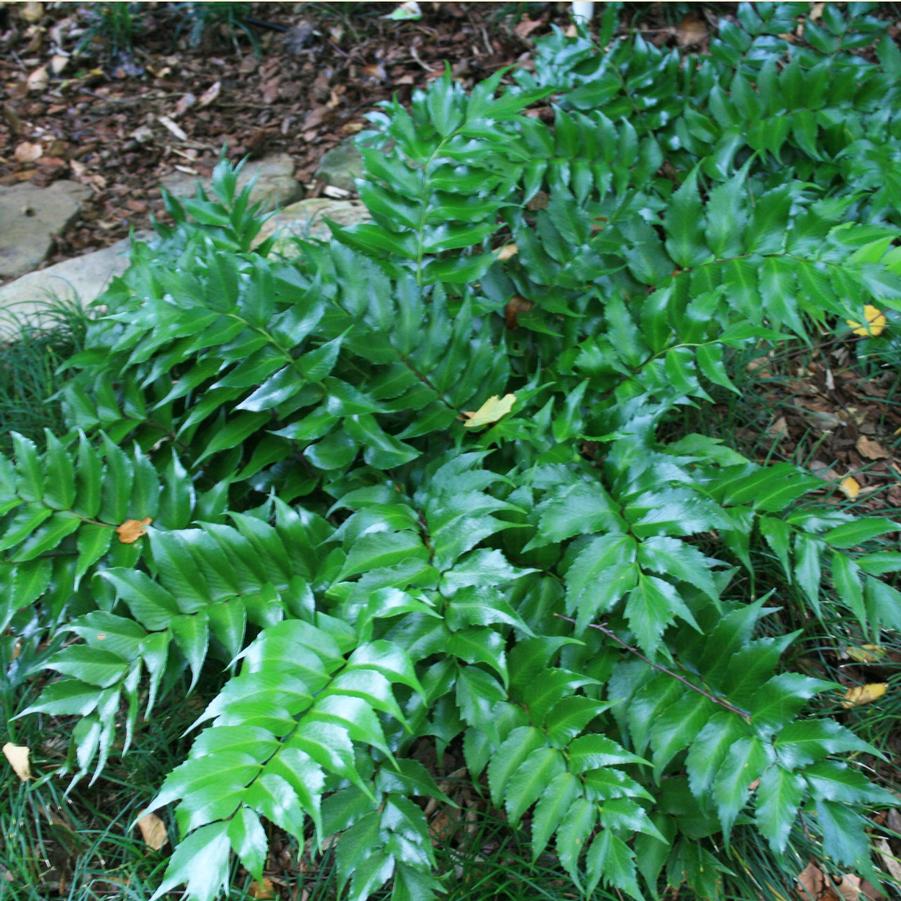
Cyrtomium falcatum 'Rochfordia' Japanese Holly Fern from Sandy's Plants
Cyrtomium, commonly known as holly fern, is a small group of 36 species that are native to Asia, Africa, and Oceania.Only four species are commonly available to gardeners, Cyrtomium falcatum, Cyrtomium fortunei, Cyrtomium macrophyllum, and Cyrtomium caryotideum.There is a movement afoot to merge the genus Cyrtomium with the genus Polystichum.While there are some species which straddle the line.